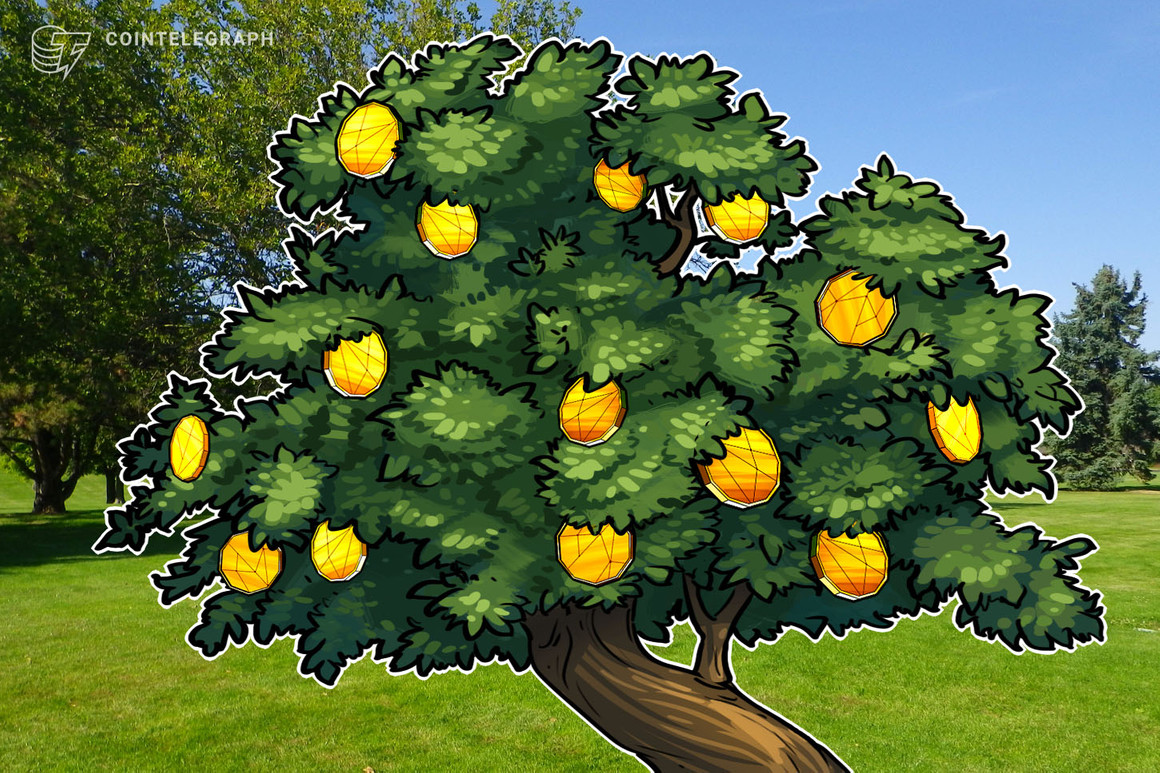When the market falls faster than a tree in the forest, the phrases “zoom out,” and “lower your time preference,” take root.
“Zoom out” refers to taking a break from the omnipresent price charts that populate news feeds and Twitter threads. Consider looking at the price of Bitcoin (BTC) over the past five years–as opposed to over the past 6,12 or 18 months.
But what does “lower your time preference,”–popular parlance among Bitcoiners, actually mean? Commonly attributed to Saifedean Ammous, the polarizing author who penned The Bitcoin Standard, lowering one’s time preference translates to thinking long-term, and to valuing the future over the present.
In contrast to a fiat standard, where money loses value due to inflation; a system in which quick gains, immediate satisfaction, and instant gratification make the medicine go down, a Bitcoin standard promotes delayed gratification. The theory is that in a Bitcoin Standard, the value of money saved in Bitcoin goes up over time to be enjoyed at a later stage.
This lesson is a tough pill to swallow, (particularly during a crypto winter) but it’s a vital step to understanding Bitcoin. At least, that’s what Fangorn, a passionate Bitcoiner turned tree-planter believes. A software developer and history major with a background in biology, he stumbled across Bitcoin on a Hacker News site in the summer of 2017 (when one BTC was worth around $3,000).
Something twigged during 2017 and 2018, but it took the Covid-19 market crash of 2020 for Fangorn to really “go down the rabbit hole.” He read more broadly, engaging with popular Bitcoin author Gigi’s works, who wrote 21 lessons as well as an article called Bitcoin is Time. At this point, a lightbulb went off:
“Holy shit, this [Bitcoin] is way more than just like digital gold. This is profoundly advanced engineering for civilization.”
His appetite for understanding sound money grew and hasn’t “looked back since.” He shared “the one thing to focus on is Bitcoin–the rest is a bunch of fluff.”

An outdoorsy family man with a penchant for planting trees–he regularly gifts his father Sequoia trees for Father’s Day–Fangorn’s ideas, much like the giant trees, began to germinate. He connected the dots between a low-time preference, Sequoia trees, and the Bitcoin network:
“I can look at these trees when I’m 100 years old and think, damn it’s going to persist for another 3,000 years. And my grandkids’, grandkids’, grandkids’ will think ‘Thanks, great great grandpa for planting this tree thousands of years ago!”
Like many Bitcoiners, Fangorn has faith that the Bitcoin network will sustain civilization as sound money for years to come. Moreover, Bitcoin and Sequoias are pretty similar, they take “a lot of work, they stand the test of time, and they lift the human spirit.”
“Here’s this thing that allows us to cast our minds forward for thousands of years, plan long term, and reconnect with that core aspect of civilization, which is lowering one’s time preference and planning for the future.”
Indeed, while Bitcoin is a tool famed for its “number go up” properties, it’s also a tool that allows for securing a long-term outlook.
He shares that “planting trees is a super easy, super cost effective way of explaining” what a low-time preference is. The tree is a visual representation of a low-time preference; the roots are the network. Moreover, planting trees flies in the face of the environmental FUD to which Bitcoin is often subjected.
I planted a sequoia from @btcfangorn so my ancestors can harvest a 30 ft wide behemoth! pic.twitter.com/0PKwvwhmqe
— Sidd – #BitcoinTour Harley Rider (@CaptainSiddh) June 13, 2022
Fangorn encourages Bitcoiners and no-coiners to plant trees to visualize a…
Read More: cointelegraph.com









 Bitcoin
Bitcoin  Ethereum
Ethereum  Tether
Tether  Solana
Solana  XRP
XRP  Dogecoin
Dogecoin  USDC
USDC  Cardano
Cardano  Lido Staked Ether
Lido Staked Ether  Avalanche
Avalanche  TRON
TRON  Toncoin
Toncoin  Stellar
Stellar  Shiba Inu
Shiba Inu  Wrapped stETH
Wrapped stETH  Wrapped Bitcoin
Wrapped Bitcoin  Polkadot
Polkadot  Chainlink
Chainlink  Bitcoin Cash
Bitcoin Cash  WETH
WETH  Sui
Sui  Pepe
Pepe  NEAR Protocol
NEAR Protocol  LEO Token
LEO Token  Litecoin
Litecoin  Uniswap
Uniswap  Aptos
Aptos  Wrapped eETH
Wrapped eETH  Hedera
Hedera  Internet Computer
Internet Computer  USDS
USDS  Cronos
Cronos  Ethereum Classic
Ethereum Classic  POL (ex-MATIC)
POL (ex-MATIC)  Render
Render  Bittensor
Bittensor  Artificial Superintelligence Alliance
Artificial Superintelligence Alliance  Ethena USDe
Ethena USDe  Arbitrum
Arbitrum  Algorand
Algorand  Filecoin
Filecoin  Bonk
Bonk  Celestia
Celestia  Stacks
Stacks  Dai
Dai  Cosmos Hub
Cosmos Hub  WhiteBIT Coin
WhiteBIT Coin